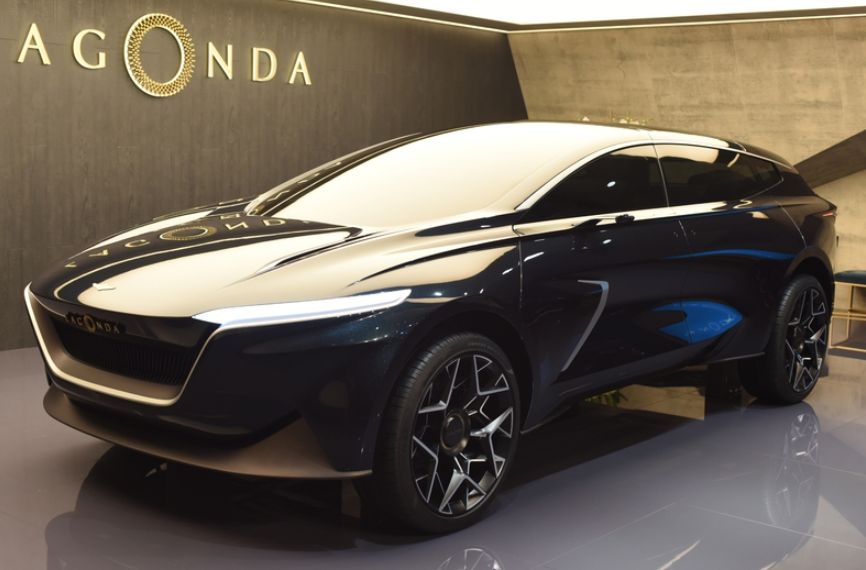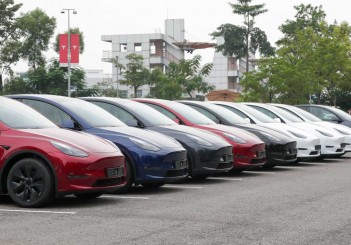With softly rounded edges and an elongated shooting-brake body that stretches way out over the rear wheels, this cocoon-shaped car is not quite what the teaser images had us imagining.
The British manufacturers are hoping to breath new life into the Lagonda badge with this fully electric four-seater SUV, currently on display at the Geneva Motor Show (March 7 to 17).
The Lagonda All-Terrain Concept is regarded as the stylistic forerunner of the Lagonda brand, which is set to resume production in 2022.

The car's lengthy appearance is supported by a spoiler on the wide front, as well as the headlight slits that are pulled far into the side. A thin strip of light illuminated with LEDs emphasises an already lengthy rear end.
Despite the futuristic design, the Lagonda All-Terrain concept still gives the driver a steering wheel to hold onto. But when autonomous mode is turned on, you can turn the front seats backwards to create a sort of self-driving sitting room.
As with the 2018 study, the doors open in opposite directions. The rear roof elements can also slide upwards to make it easier for rear-seat passengers to get in and out.
If the exterior wasn't striking enough, then there's a bonus eye-catcher on the interior. The key of the car floats in mid air over the centre tunnel with the help of electromagnets.
Aston Martin did not say which of Lagonda's two planned cars — the SUV or sedan — will first be built, and didn't give further technical details or prices.

The SUV shares a lot with the Lagonda Vision Concept seen at Geneva last year. Lagonda said designers had more freedom to style the car thanks to the zero-emission platform and power-train.
The Lagonda SUV will use potentially game-changing solid state batteries which offer many advantages over the regular lithium-ion ones used in most electric cars.
Solid-state batteries do not use liquid electrolytes to move energy around. The cells are made of solid, dry conductive material which mean they are less prone to fire and can supply energy and accept a charge more readily.










